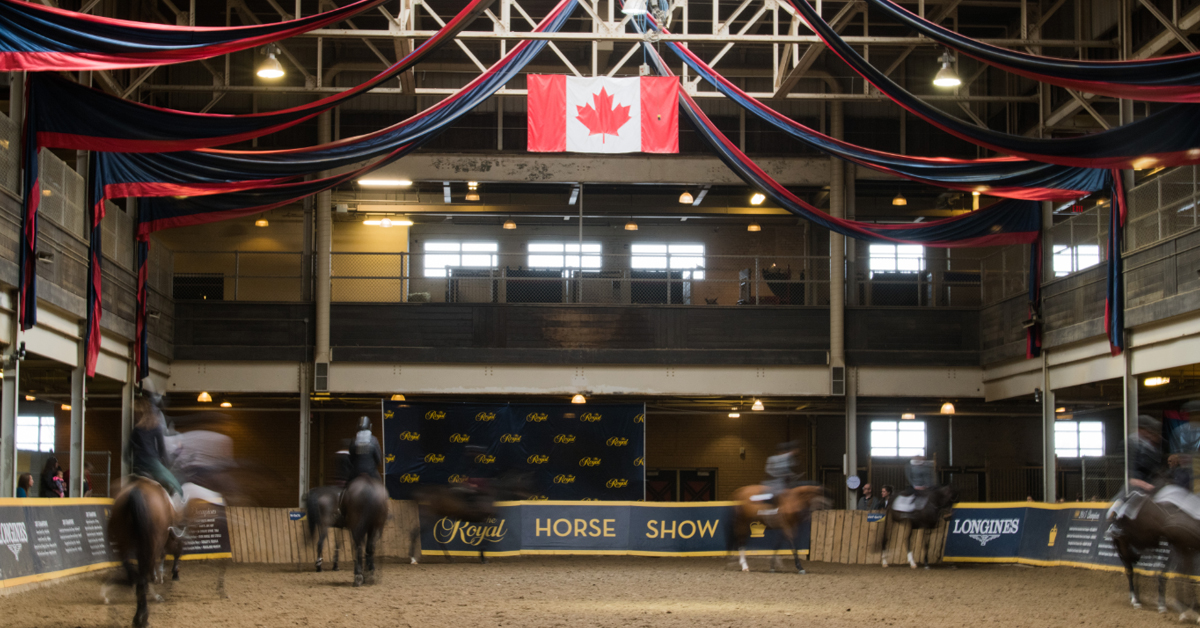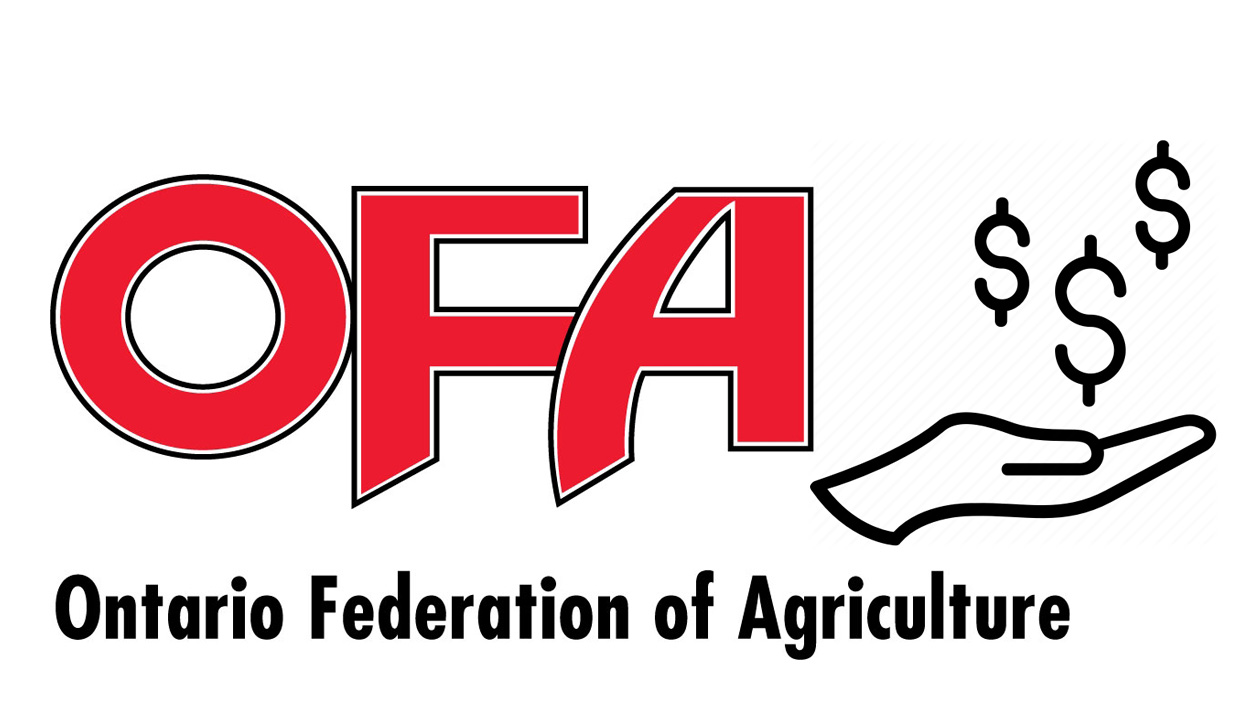To no one’s actual surprise, and the Canadian equestrian community’s profound disappointment, it is likely that the World Equestrian Games set for August 11-26, 2018, at the Bromont Olympic Equestrian Park are going to be cancelled after the Government of Canada informed the Organizing Committee that it won’t support the games.
A statement from the office of the Minister of Sport and Persons with Disabilities read:
“On July 11, 2016 the 2018 World Equestrian Games Organizing Committee was informed that the Government of Canada will not be providing federal funds to support the hosting of the 2018 World Equestrian Games.
Through Sport Canada, the federal government is not in a position to support the hosting of the 2018 World Equestrian Games given the financial viability of this project. The event has an estimated budget of $100 million, of which approximately $66.6 million of overall revenue sources must be raised from the private sector. As of today, no private sector funds have been confirmed, nor has a deficit guarantor.
Federal funding was never committed for this event, we have continued to be clear of our requirements and expectations in our discussions with the 2018 WEG Organizing Committee.”
Although the cancellation is not yet official, it seems as though the monster event was doomed from the beginning, with an unrealistic budget, no support from the federal government, logistical problems surrounding traffic and accommodations, and a revolving door of CEOs and other top management that pointed to the turmoil within the organizing committee, COJEM.
A Sinking Ship
Changes in management at the highest levels have occurred several times, and were an obvious warning of the serious issues within the organization. Since being awarded the Games, two chief executive officers have resigned. The original leader, Paul Cote, left on August 12, 2015, and in a stunning mass exodus at the end of this April, CEO Luc Fournier resigned along with board chairman François Duffar and board members Julie Payette, Rene Perreault, and Linda Heathcott. Fournier and Duffar reportedly hoped to deliver a “necessary wake-up call” over their concerns that the Games could not take place without funding.
At the beginning of June, the remaining board members of COJEM, EC president Jorge Bernhard, Tony Eames, and Lisa Lasarus announced that they needed to raise $25 million in private sector funding by mid-July if the event was going to be financially viable. With no funds, office staff were suspended as sponsors were sought “as quickly as possible,” according to special advisor Susan Burkman, who analyzed their financial situation. The mission failed, largely because COJEM still didn’t have critical federal government support.
At the Equestrian Canada convention in April, then COJEM CEO Luc Fournier revealed that sponsors were reluctant to advance funds without a commitment from the federal government. Having been twice turned down by the previous Conservative administration, it would have been expected that a meeting with the new Liberal government would be a top priority. Incredibly, COJEM only met with Hon. Carla Qualtrough, the Minister of Sport and Persons with Disabilities, in March, some five months after the new minister was sworn in, at which time she requested a business plan. Even more shocking is that the business plan was not delivered until June, after it was revealed on Horse-Canada.com that the paperwork was still outstanding.
COJEM had hired a consortium of companies to find sponsorship, but had not had success. “I don’t know specifically why they didn’t get the support,” said Bernhard about the lack of sponsors though he did eventually admit that the lack of federal funding was raised during his inquiries. Bernhard was evasive when asked why it took so long to approach the new government. “We had to focus on the current situation. Not the past and what had been done. We had to focus on what could be done to save the games.”
The feds weren’t the only ones asking questions. Councilors from the town of Bromont, with a population of just 10,000, expressed frustration last fall at not being supplied with a proper business plan for the indoor arena that was being proposed on land for which their tax payers would have been ultimately financially responsible. The councilors were rightly concerned. The Kentucky Horse Park has struggled with operational shortfalls that stem from utility costs for the new facilities built at the park for the 2010 Alltech FEI WEG.
When asked about the business model for the building, COJEM representative Roger Deslauriers, who spearheaded the COJEM bid, said that it had been submitted to the city but they were confidential. Many have questioned whether the model, which originally centered on the building becoming a training center for eastern Canada, was viable with so many other well-established major venues. Although Bromont mayor Pauline Quinlan was supportive of the new building and eager to have a new entertainment venue for the town, the land has been allotted by Nature Conservancy Canada for equestrian sport use only. This provision would seriously limit the possible revenue streams, and put the town at risk for paying the shortfall.
COJEM suffered another blow recently when the Auditor General of Quebec discovered an irregularity in connection with a loan guarantee of $6 million from Investissement Québec, the investment branch of the Quebec Government that rescued Bombardier with $1.3 billion last fall. Protocol dictates that the organization needs to get additional government approval for investments over $2.5 million, but COJEM was able to secure $6 million without following that process.
Regardless of government support, it is also possible that the budget was inadequate in the first place. The budget was first listed in the bid book at $73.2 million but was recently increased to $95 million. By comparison, the budget for the 2014 WEG in Normandy, France, was $115 million CDN and made use of existing buildings. The 2010 WEG in Kentucky started at $76 million and got several million dollars of last-minute emergency funding from Alltech and then FEI president Princess Haya, but still ended with a $1.3 million loss … and that doesn’t even take into account the construction costs paid by the Kentucky Horse Park, which is still struggling with the burden.
Slow (or No) Progress
A recent visit to Bromont revealed that there has been very little physical progress in terms of readying the site for the Games, including no construction started on an arena for the reining and vaulting, or any other improvements save for some new footing in the rings. There is still no working website, and no ticket sales, although COJEM’s Facebook page states that tickets will be available at the end of 2016. Organizers have been asking volunteers to email their interest, but no interaction with them is planned until Sept. 2017.
Even if COJEM had been successful in securing private funding, the bid for the indoor arena had expired and needed to be re-issued which would have delayed construction until the winter making it more costly, and it likely would not have been ready for the test event which was supposed to be held next year.
At an early July meeting in Bromont, Houle presented a report of the planning progress achieved by the COJEM team for the past year, but remarked that due to a current lack of financial liquidity, it is “impossible to operationalize this plan.”
What Went Wrong?
There are several parties with different functions in this enormous project and each of them played a role in this epic failure.
COJEM
As the organizing committee, COJEM, is the key player and was guided by nine board members (which included the three Equestrian Canada positions) plus a management committee in charge of day-to-day functions. The departure of two CEOs, Paul Cote and Luc Fournier, and several board members suggests that there were fundamental troubles within this group. “The challenge is the board versus the operating company,” was the vague comment from Linda Heathcott in an interview with Horse Sport after she left the board. “They are a little de-linked.”
The lack of communication and transparency has been a fundamental flaw from the start. Sources reveal that there was a culture of secrecy within the operating company, which didn’t share critical information with the board and made it impossible for them to help guide the organization. As a result, the majority of the board voted with their feet when they left in April, the remaining board members left to deal with the mess were the three required representatives of Equestrian Canada.
It seems likely that the CEOs were unable to overcome the flawed business plan which has now been rejected by two different government administrations despite an estimated economic impact of $208 million in the Province of Quebec, and tax revenues totaling $90 million.
FEI
The entire WEG business model has been flawed for some time and the 2018 edition was a problem from the start. Bromont was left as the only bidder in the first round of bidding that ended in 2011, but COJEM wasn’t able to meet the FEI’s criteria for securing federal funding. The FEI re-opened the bidding in 2013, but aside from Bromont, the only other bid was from the Kentucky Horse Park, whose main arena is sponsored by Rolex, which conflicts with the FEI’s top partner. Rather than concede the difficulties in hosting the flagship event bearing its name were insurmountable, the FEI changed their criteria so that it simply required “substantial government backing” rather than specifying federal support and awarded the event with the troubled financial past to the organization with the questionable budget.
Ultimately, it was that very change that sunk the deal. “Some of the large companies that they thought would be on board expressed concern that there wasn’t any federal government support,” commented Mike Gallagher, Equestrian Canada’s former president, who was part of the operating company up until September 2015. “That has been the major hurdle and the crux of the entire problem.”
The FEI was heavily involved in the oversight, and Tim Hadaway, the FEI’s Director of Games and Championships, had an observer position on the board and “was in constant contact with all levels of the organization,” but they were unable to avert the disaster. The FEI will not comment on whether there could be any financial repercussions (fines, forfeiting of funds, etc.) for COJEM, EC, or anyone else involved if the event is officially cancelled, saying simply, “We cannot disclose the terms of the Host Agreement”.
Equestrian Canada
The event’s pending cancellation comes right when Equestrian Canada officially launched its new brand in conjunction with the announcement of the Olympic teams. The embarrassing default on what would have been a major boost to the industry certainly doesn’t feel like the dawn of a new era for the country’s plagued federation, nor is it a fitting send-off for the athletes heading to Rio.
As part of COJEM’s agreement with the FEI, EC was required to have three spots on the board, but as they were the minority on a board of nine they weren’t in a position to affect any change. Since event organizing committees typically cease to operate directly after an event, the FEI required EC’s involvement to have an organization that will exist beyond the event bear some responsibility; so while EC stopped short of providing any financial backing, they were staking the country’s reputation.
“We agreed [to support the bid] because bringing that level of sport to a nation would have been the greatest thing you could do,” commented Al Patterson, another EC past-president who sat on the COJEM board. “EC wasn’t responsible for WEG, but we knew that EC would have the embarrassment [if it failed]. We agreed to allow somebody to bring this event to Canada. They satisfied FEI financial requirements; it wasn’t up to EC.”
At the COJEM board meetings, the EC representatives did question the lack of progress. “Tony [Eames] and I were both curious and asked questions, hoping to see more come forward,” said Patterson. “We were satisfied with small victories but realized that there were some difficulties.”
Ironically, successfully hosting the WEGs in Canada would have been a much better reflection of a functional federation, the country, and its athletes than a re-branding exercise.
Now What?
Since the cancellation isn’t yet official, there is a very (VERY) faint glimmer of hope.
An FEI spokesperson said in a statement on July 8, “We are looking at how we can work together with Equestrian Canada and the remaining members of the COJEM Board to deliver the Games. A good solution will be found, but in the interests of our whole community, we have the responsibility to ask the right questions and protect the future of our flagship events.”
There are a few venues which have the existing facilities and could quickly become a replacement site for these 2018 Games: Aachen Soers, Wellington Equestrian Park, and Kentucky Horse Park. The FEI, however, has been deftly out-maneuvered by its previous primary sponsor, Rolex, which now sponsors each of these venues. As a result of the conflict between the watch companies, the FEI doesn’t have any obvious options for an alternate venue.
Many have suggested that the Caledon Equestrian Park, which just successfully hosted the Pan Am Games, would be a good alternate. “Nobody has officially approached me about that idea,” commented show manager Craig Collins, who was open to the idea. He did note, however, that there were some serious and maybe impossible hurdles to overcome in such a short time even aside from the lack of federal funding. Mainly, CEP housed 200 horses for three disciplines during the Pan-Ams, which is much different than 1,000 horses and eight disciplines.
Is the WEG at End-Of-Life?
Is the behemoth known as the World Equestrian Games even viable anymore? Although it is a true utopia having that much equestrian sport all in one place, even the FEI may have to finally admit that changes must be made. Crushing budgets, accommodation and transportation problems, epic traffic snarls, even the simple logistics of feeding half a million spectators are making it increasingly difficult to attract host cities.
Following the 2014 WEG, the Sports Consultancy (TSC) presented the outcome of a detailed strategic review to the FEI outlining key conclusions to improve the WEG experience:
• Reduction in the size of the competitor field;
• Reduction in length of the event, nine to 10 days including two weekends was deemed the optimal length. The current format was deemed too long to sustain media and spectator interest.
• Re-design of the competition formats and schedule to encourage a more compact foot print
• Development and implementation of industry leading sport presentation concepts that deliver to the non-equestrian fan needs.
Perhaps now the FEI will concede that it is time to return to the individual world championships that are easier to manage, host, and get sponsorship for.
More from Horse Sport:




